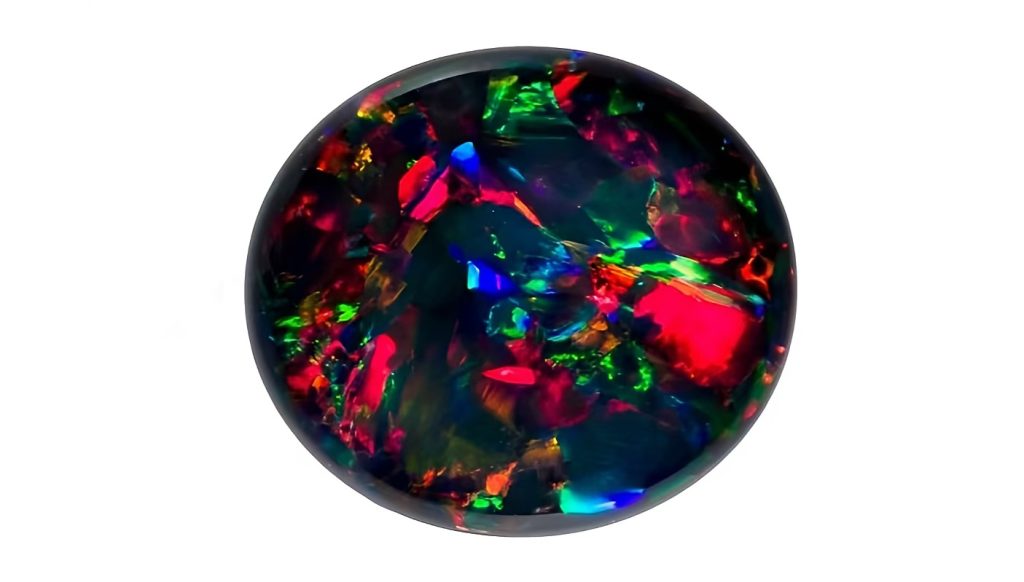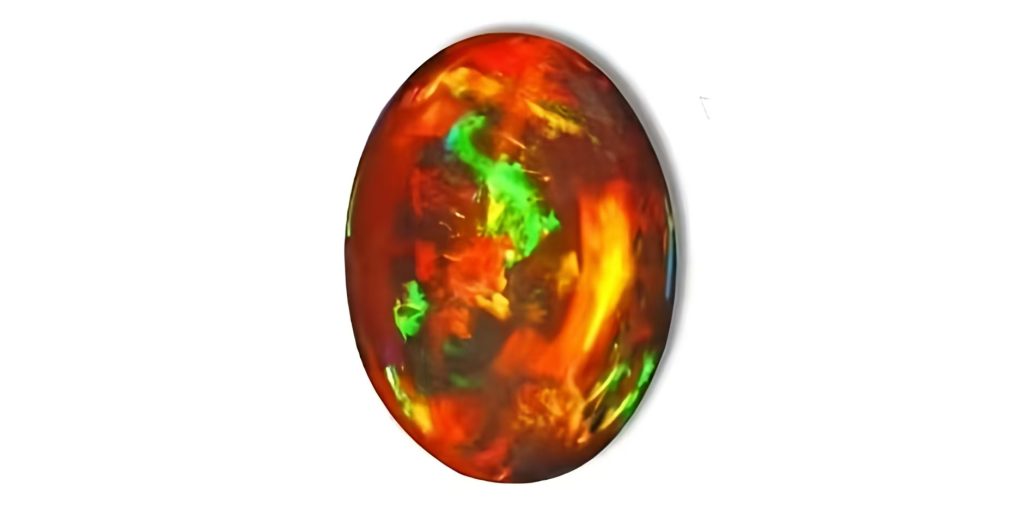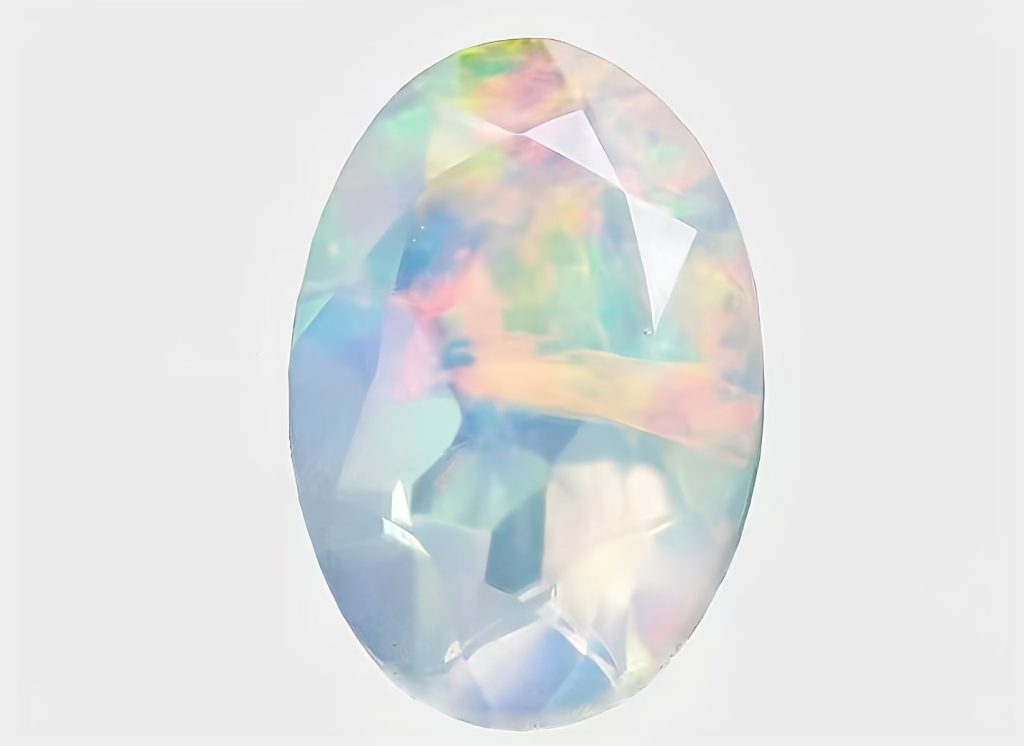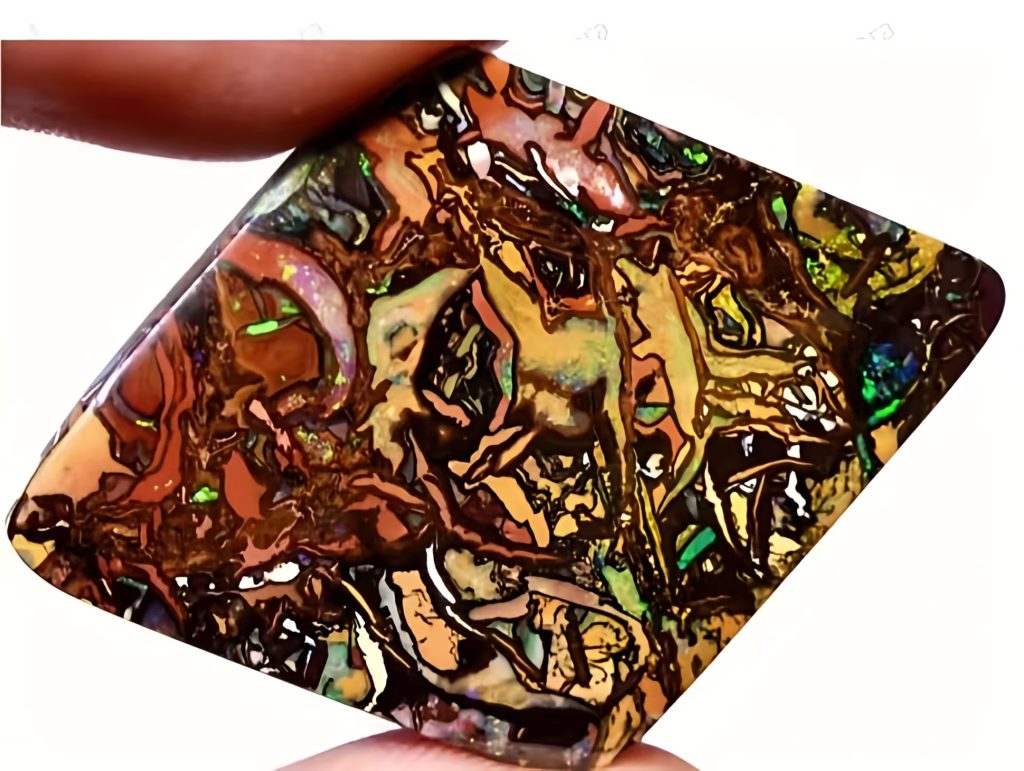The Fascinating World of Opal Jewelry

A natural marvel, opal jewelry, featuring its radiant hues and iridescent flashes, is a real work of art crafted by nature itself. Technically, opal is hydrated silica with a variable composition of SiO₂·nH2O but its feral form brings color diversity and this unique structure to the table. It has an amorphous formation and it usually develops the hackly angle that is so usual in gum from sodium silicate beds. Here we will discuss different Australian opal types and its benefits to give you some wonderful facts about why natural opal jewelry looks enchanting.
The Mineralogical Beauty of Opal
Unlike other precious and semiprecious gemstones, opal is made up of amorphous silica with water in its structure, meaning it does not crystalize into a base rock formation. It is what sets it apart and makes it more rare. Opals exhibit an entrancing “play-of-color,” a phenomenon where spectral colors seem to dance upon the surface of the stones, rank them as one of the most aesthetically intriguing gems.
- Hardness: 5–6 on the Mohs scale, making opals moderately durable.
- Transparency: Ranges from transparent to opaque.
- Colors: White, black, orange, red, and gray.
The finest examples of genuine opal jewelry display a mesmerizing play-of-color, combining artistry and natural wonder.
Australian Opal: The World’s Treasure
Australia has been the leading producer of opal jewelry since the 19th century, earning opal the title of the country’s “national gemstone.” Known for their brilliance, Australian opals are often regarded as one of the six most precious gemstones worldwide.
- Black Opals
Found primarily in New South Wales, black opals are set against a dark background, enhancing their vibrant colors. - Boulder Opals
These opals, often attached to ironstone, are mined in Queensland. Rare types, such as pipe opals, are particularly valuable. - White and Crystal Opals
These transparent or semi-transparent stones, often called “milk opals,” come from South Australia and showcase subtle yet captivating color patterns.
Other notable opal-producing countries include Brazil, Mexico, and Ethiopia, but Australian opal jewelry remains the most sought-after due to its unparalleled quality.
Classifications of Opal Jewelry
Understanding the different types of opals helps buyers select pieces that suit their style and needs.
- Black Opals
These stones display bright hues over a dark background, offering a striking appearance.

2.Fire Opals
These are often reddish-orange with little or no play-of-color, prized for their fiery tones.

3.White Opals
Featuring light body tones, white opals offer a subtle elegance.

4.Crystal Opals
Transparent or semi-transparent, crystal opals are versatile and vibrant.

5.Boulder Opals
With natural ironstone backing, boulder opals boast rich colors and patterns.

Natural opal jewelry combines these classifications, each offering unique characteristics for collectors and enthusiasts.
The Benefits of Opal Jewelry
In addition to its aesthetic appeal, opal jewelry offers several health and wellness benefits:
- Nourishing the Body
Opals contain trace minerals that, when worn, can be absorbed by the skin. These elements help activate cellular regeneration and strengthen the immune system. Additionally, they neutralize harmful substances, such as heavy metals, providing a detoxifying effect. - Physical Massage
Wearing opal jewelry long-term offers a passive massage effect, promoting better vision and vitality. This subtle stimulation can rejuvenate energy and enhance mental focus.
How to Evaluate Opal Jewelry
When purchasing natural opal jewelry, consider the following factors:
- Color: The most exquisite opals display a full spectrum of colors.
- Clarity: Opals can range from clear to cloudy, with different varieties showcasing unique clarity grades.
- Cut: To preserve the vibrant play-of-color, top-quality opals are often cut into irregular shapes.
- Carat Weight: Despite their size, opals are lightweight, making them comfortable to wear even in larger pieces.
For high-quality genuine opal jewelry, ensure the play-of-color is vibrant and consistent across the gemstone’s surface.
Caring for Your Opal Jewelry
Opals are delicate and require special care to maintain their beauty:
- Protect opals from extremes in heat and dryness to avoid cracking.
- Wrap opals in a soft, moist cloth to keep them from dehydrating.
- You can clean your opal jewelry with a soft, damp cloth and should avoid harsh chemicals.
Proper care that will keep your opal jewelry shiny and bright for years to come.
Conclusion
Opal pieces are truly a timeless gem that showcase the beauty of Mother Nature with their unique color play. The natural opal jewelry are a must-have for any collection due to their varied beauty from the wonderful Australian opal, full story here. These mesmerizing gemstones with their health authentic credentials, eye-popping color patterns and interesting historical background are truly seductive. Whether you just admire them or whether you collect, one thing is for sure and that is opals simply amaze and astound.
Frequently Asked Questions
Is opal jewelry worth anything?
When it has higher quality opals as well as a strong play-of-color, opal jewelry is high priced. Black and boulder opals fall higher into the price range, especially from Australia where some of the best kinds come from. Also like diamonds, the quality of an opal is rated according to its variety, position, hues and workmanship. Good bonuses to both the rarity and the cost of real natural opals.
Who should not wear opal?
Opal is possible scratches or damage so that people who avoid the soft gemstones should wear it daily. Some beliefs dictate that the opal is not the ideal choice unless it is your birthstone, however this belief varies from person to person. Concerns can be mitigated by wearing carefully, occasionally.
How do you tell if opal is real?
Color Play:Real opals will read more as flashes of brilliant color.
Weight:A real opal of the same size weighs more than glass or plastic
Surface:Like all real opals, these beads have some natural imperfections and irregularities.
Transparency:Real opals may be clear or opaque.
Test:Doing a water test can tell you—real opals will change color if they absorb water in anyway (like being submerged).
What zodiac signs should wear opal?
Libra (September 23 – October 22) – OpalOpal brings balance and harmony to Libra. It is likewise excellent for Cancer (June 21 — July 22) and Pisces (February 19 — March 20), the signs activated by this New Moon as it offers them a burst of emotional, sensitive, empathic energy with an increase in perspective.